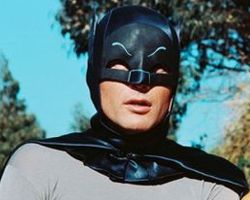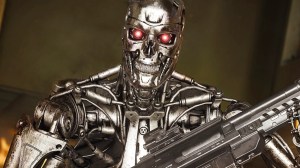Videos by ComicBook.com
Not Adam West on his own, but the three season, 120 episode high-camp TV series of the late 1960’s, starring West as the titular Batman. Comics as a whole were about a decade removed from the scare of Dr. Fredric Wertham’s alarmist book about the “dangers” of comic books, Seduction of the Innocent. Batman had slowly devolved over the course of the 1950’s and early 1960’s, mainly due to silly costumes, adventures in sci-fi, outer space and various other machinations, including the odd additions of Batwoman and Bat-Girl as heterosexual supports for the supposedly, according to Wertham, homosexual heroes.
The TV show proved to be a huge hit, with celebrities of all types, such as Dick Clark and Bruce Lee, making appearances when Batman and Robin would scale the wall of a building. The two episode a week format was popular, and the villains found perfect actors and actresses to embody their elements, villains largely forgotten in the comics for years. Even though it was an expensive show and the ratings fell pretty quickly after the first two seasons, the enthusiasm and attention it generated helped to invigorate Batman and Detective Comics. It sounds silly perhaps to think of the show that gave us the Batusi and King Tut as having any connection to the modern versions of the Batman universe we see today, but here are some key reasons why Battle for the Cowl, Christian Bale and the vast media mythology that Batman has, owe the 60’s series a bit of gratitude.
1. The Birth of Barbara Gordon Batman Detective Comics 2. Riddler’s Revival Batman Hush 3. Neal Adams’ Artwork The Brave and the Bold BatmanVideos by ComicBook.com
It’s a bit of a pity that the show is not available on mainstream DVD, but several networks still carry the show now and then, mostly on cable, but the spirit of the show lives on without interruption. While many may disparage the show for what it was, there’s no denying that a small debt of gratitude is owed for what the show was able to do in terms of paving the way for the additions mentioned above.














